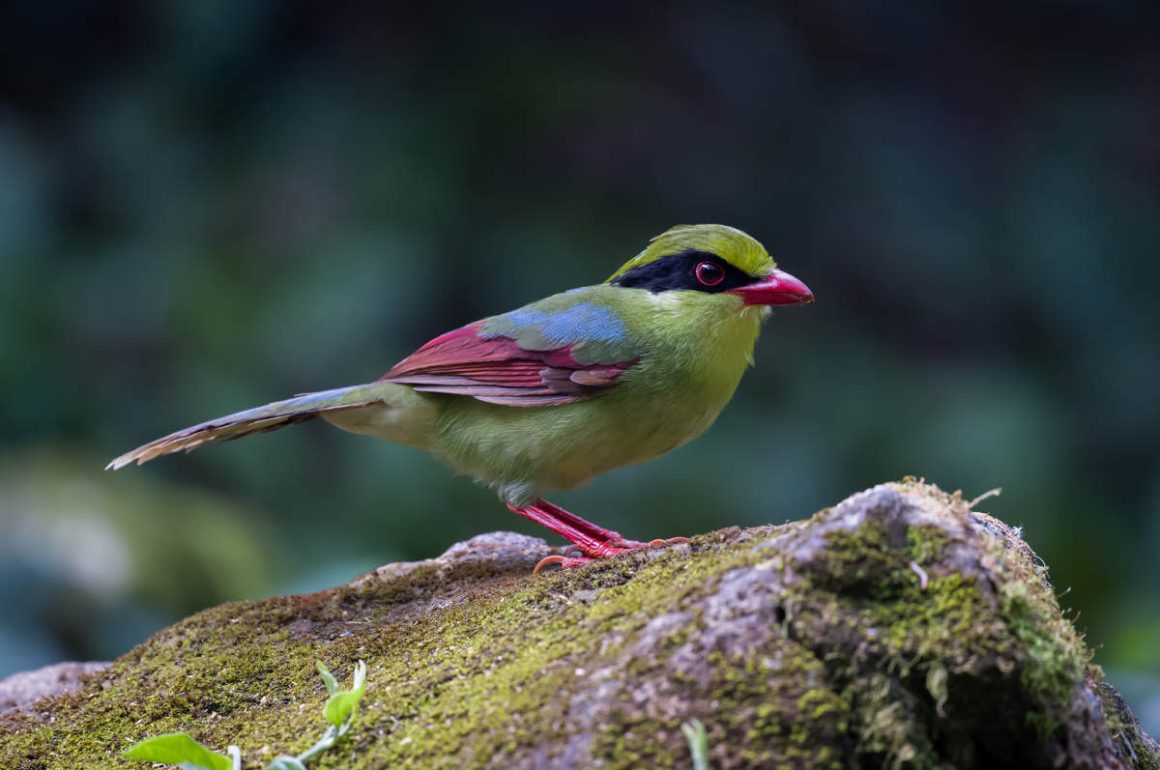
This is the second part of a post showing some birds seen at Nonggang in December 2022, along with the usual (mostly irrelevant) comments.
In China, wherever there is one real tourist attraction (like the Great Wall), the local strategy seems to be to add some fake attractions – replicas of palaces or tombs, amusement parks, shopping centers – in order to maximize the income from tourists. But the starting point has to be a real attraction, not a fake one. At Nonggang, possibly the other main attraction aside from the Nonggang Babbler is the Blue-rumped Pitta (leaf warblers only qualify as fake attractions).
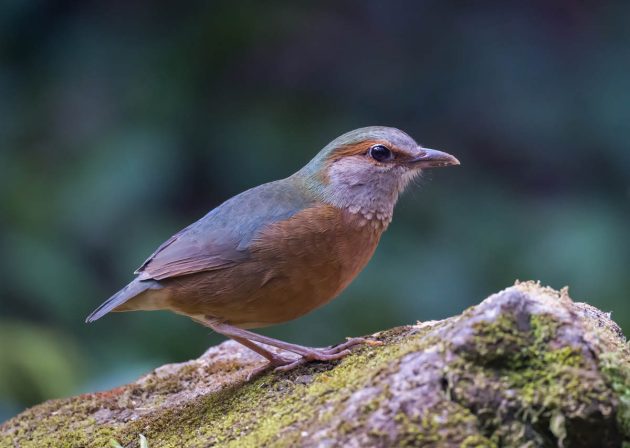
Even the Latin species name soror (“sister”) indicates the similarity to another pitta species (blue-naped).
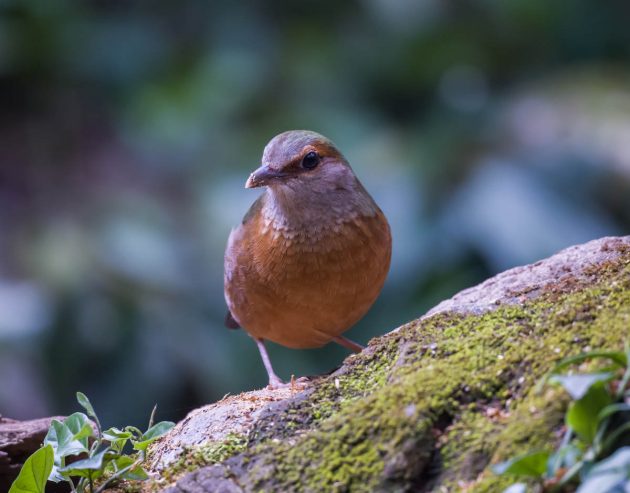
According to the HBW, the rapid opening of the tail feathers of fantails such as this White-throated Fantail reveals white tail-spots that are thought to startle insects into moving, revealing themselves and being captured by the birds.
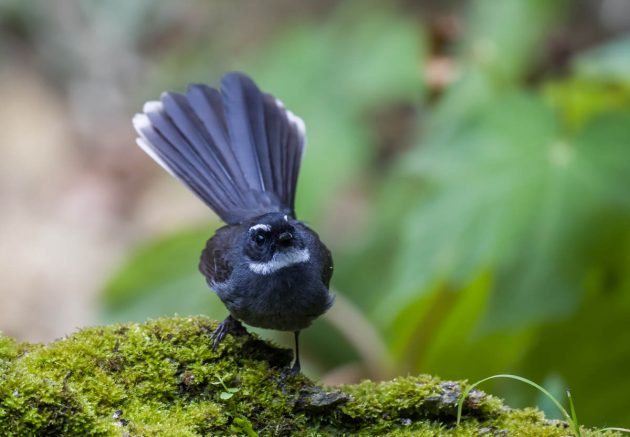
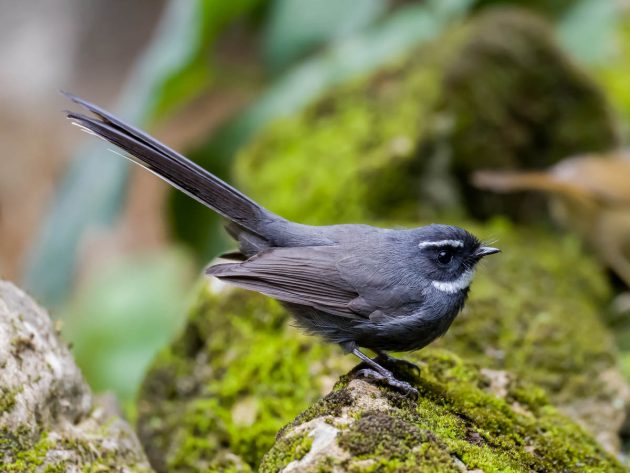
The eBird description of the Small Niltava starts with the surprisingly dull statement that “size distinguishes this species from other niltavas”. Who would have thought.
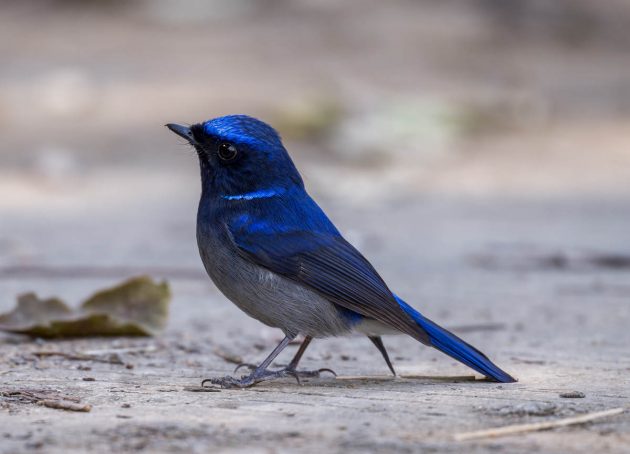
The poor bird’s Latin species name is macgrigoriae, apparently (HBW) named after Jane Grant McGrigor, the daughter of Maj.-Gen. Sir James McGrigor (1771-1858) Director Gen. of Army Medical Department 1815-1851. As you can easily judge from the dullness of this information, it is not something I made up but rather an appalling example of nepotism in the naming of birds.
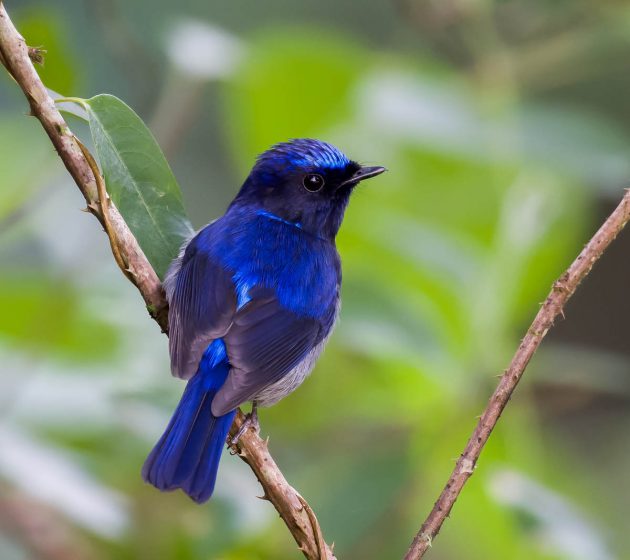
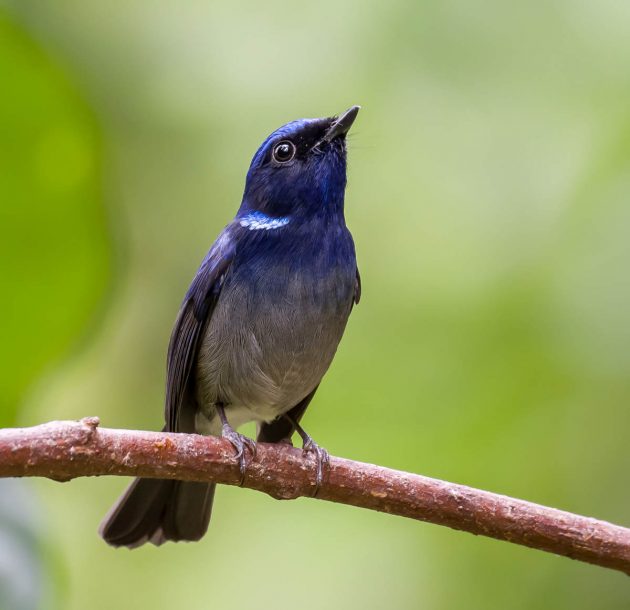
If you have always wondered what the minimum anesthetic concentration for isoflurane and sevoflurane for the Crested Serpent-eagle is, science has an answer.
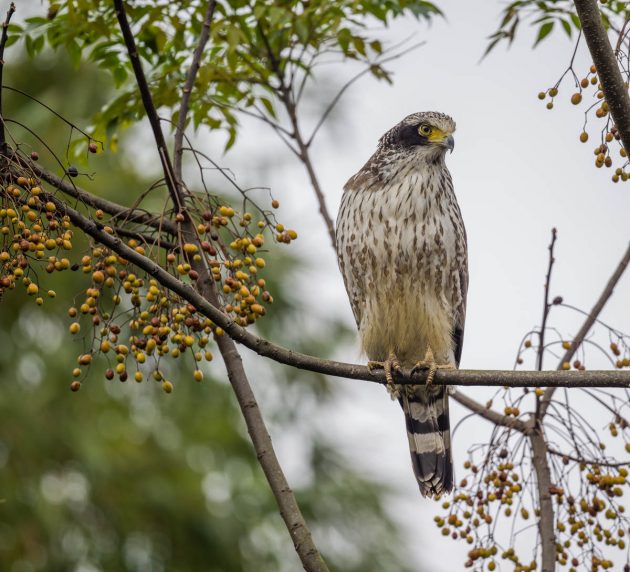
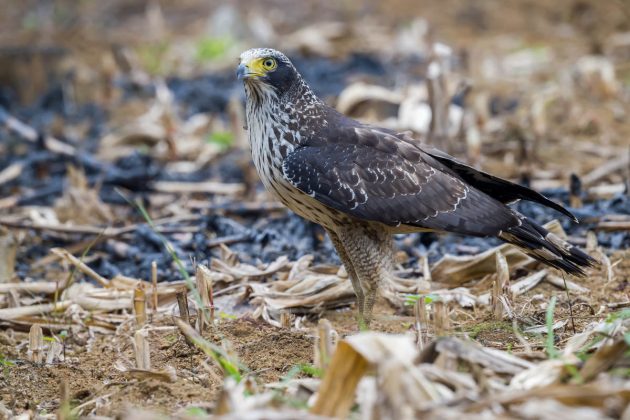
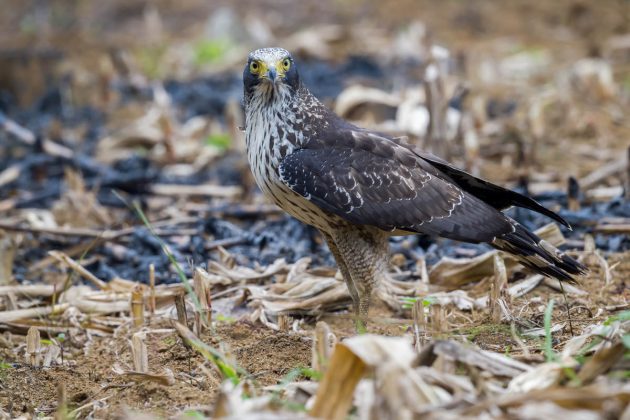
While serpent means large snake, the Crested Serpent-eagle also eats frogs, as this video shows. Feel free to insert your own French joke here (though of course in the US, restaurants now serve Freedom Frogs rather than French Frogs).
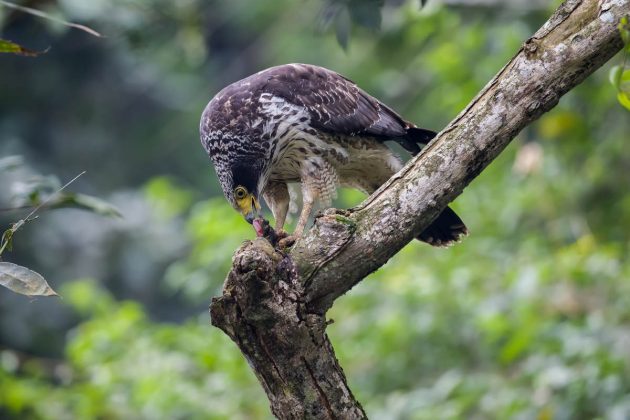
If you are afraid of snakes and do not have a Crested Serpent-Eagle nearby, maybe you should stay close to a White-rumped Shama. A female shama attacked several Cantor’s Kukri snakes approaching its nest (source). Brave.
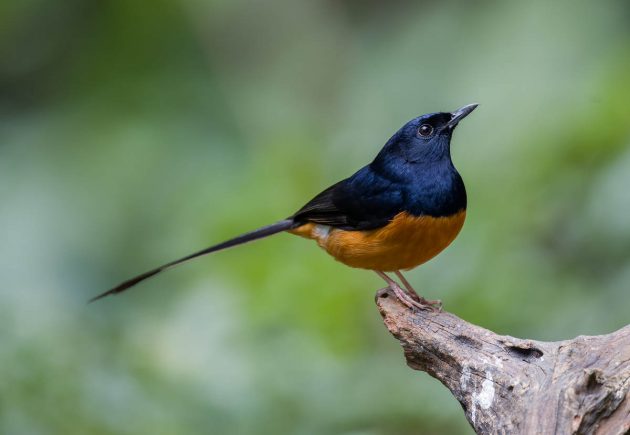
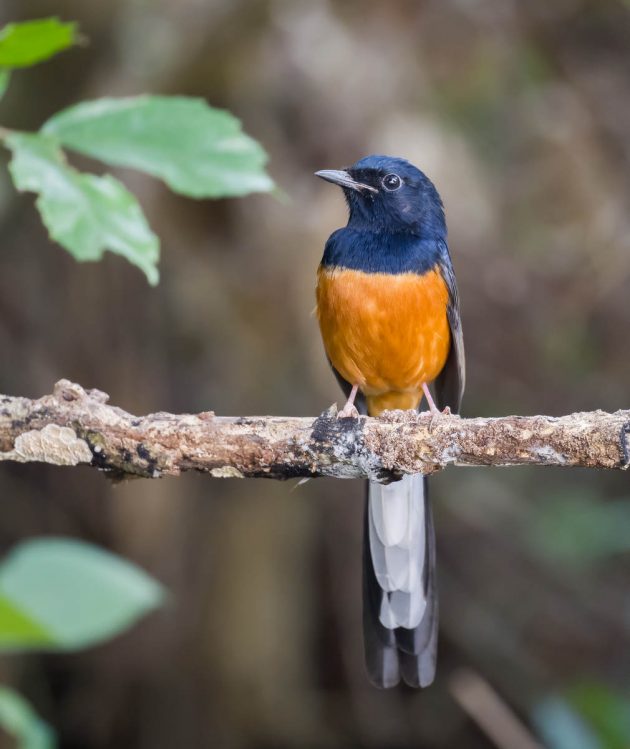
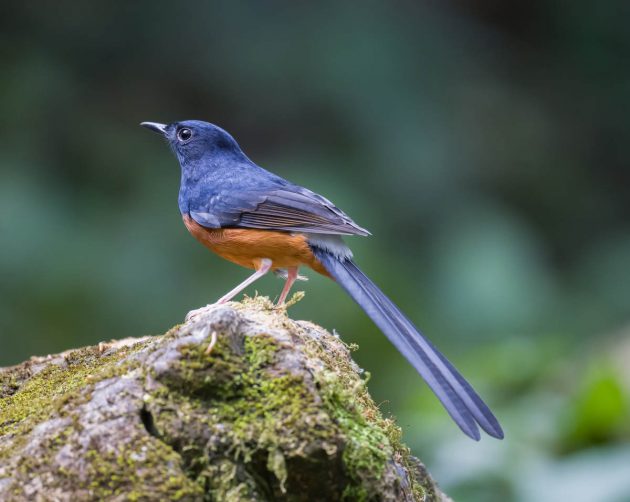
The breeding ecology of the Yellow-bellied Warbler was actually studied exactly here at Nonggang in 2019 by 3 Chinese researchers. This included recording a total of 77,760 minutes of video. Glad I did not have to watch these.
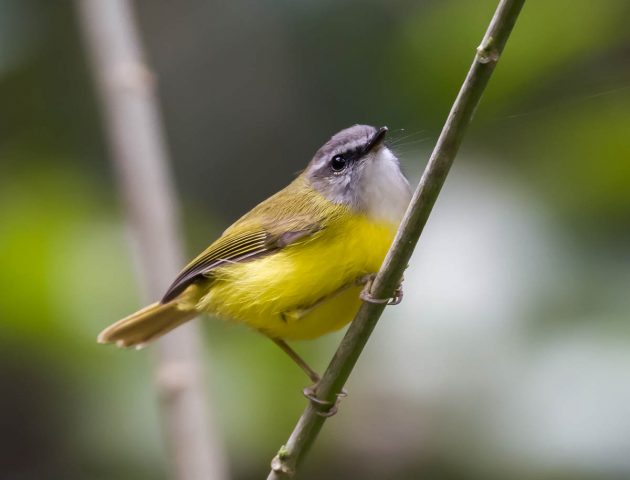
Apparently, some bird photographers think that any human artifacts shown on a bird photo immediately spoil the whole photo. Of course, hearing about this immediately makes me think I have to show the photo of a Yellow-eyed Babbler below.
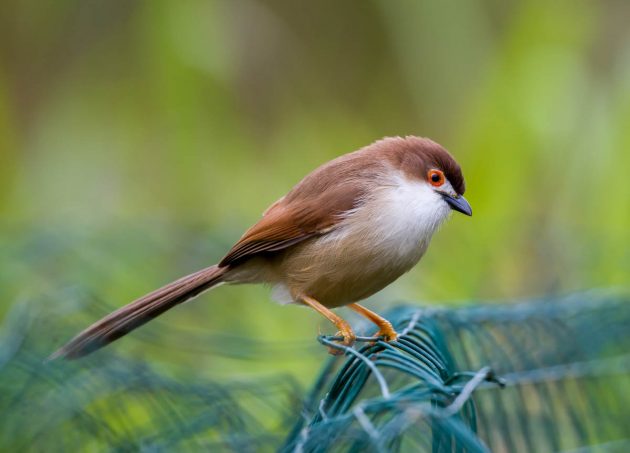
Show how things are, not how they should be …
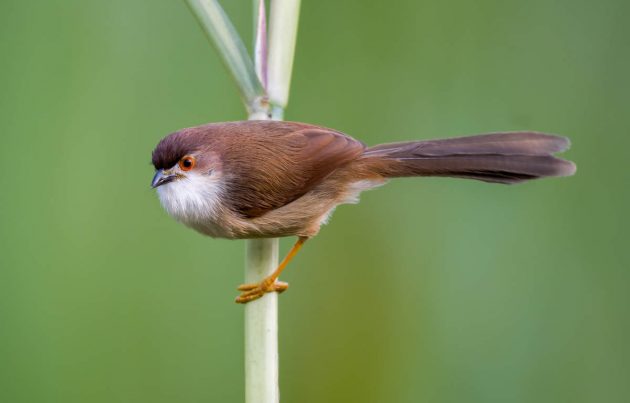
eBird characterizes the Yellow-eyed Babbler as an “odd-looking babbler which looks and behaves like a prinia on steroids” – not a bad description, I think.
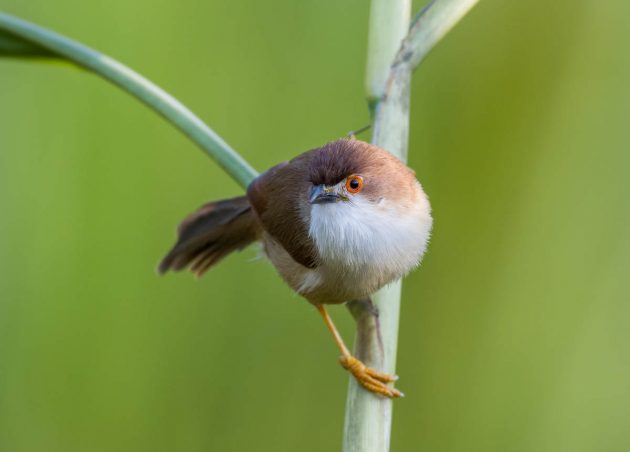
And of course, on a rather rare occasion for this blog, an almost perfect link to the next bird (my favorite transition is still the Monty Python one: “And now for something completely different”). This is the Yellow-bellied Prinia, a bird that also gets some qualified praise from eBird: “Brightly-colored for a prinia”. Even the HBW sounds positive: “An attractive, fairly distinctive prinia”.
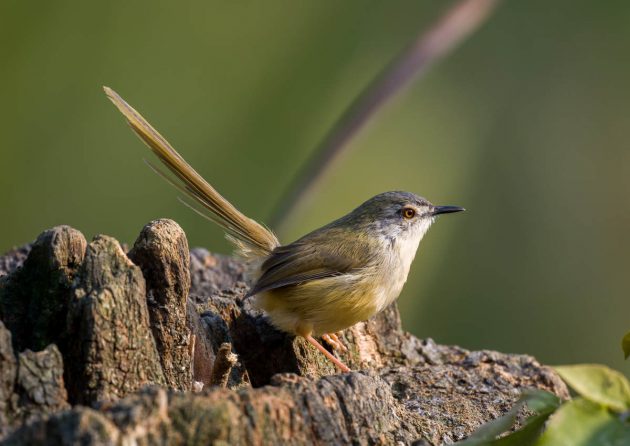
There does not seem to be a single research paper focusing on the White-bellied Erpornis – a pity for such a cute bird.
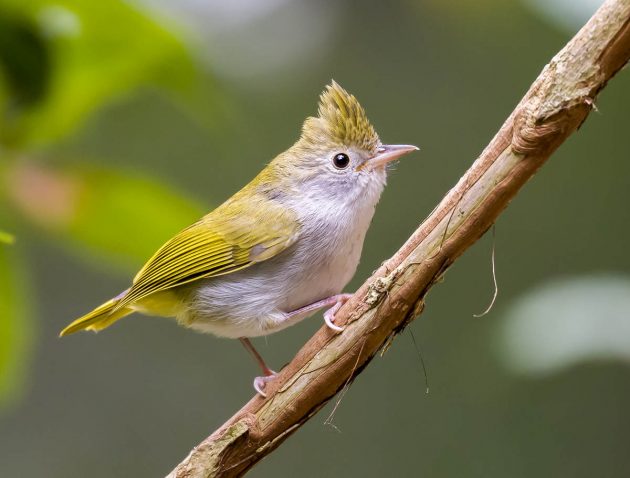
Unfortunately, the species name zantholeuca (meaning pale yellow) is not very interesting either. So you just have to look at the photos for once.
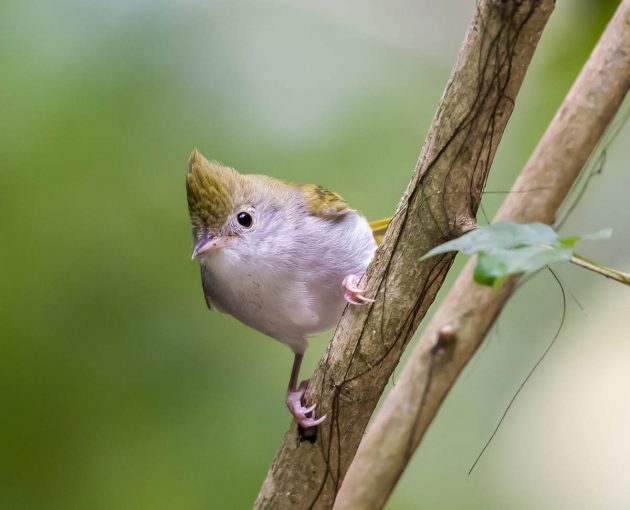
Some Thai researchers looked at the breeding ecology of the Buff-breasted Babbler and published their findings in the somewhat unsuitable-sounding journal “Agriculture and Natural Resources”. Then again, they take care to introduce the presumably rather uninformed audience of this journal to some ornithological basic knowledge such as “A bird nest is the spot, where a bird lays and incubates its eggs and raises its young” (the unorthodox comma in there might give them an honorable mention in a future edition of “Eats, Shoots & Leaves”, should this be forthcoming). In providing this information, they quote extensively from an ornithology book that was published 3 years before I was born (and I am not a young man).
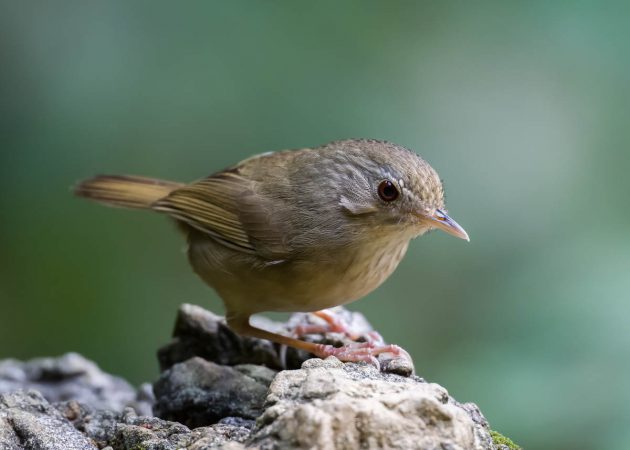
The actual findings are not that interesting – boy babbler meets girl babbler, they fall in love and breed – and everything is over in less than one month. Bonus points for speedy implementation.
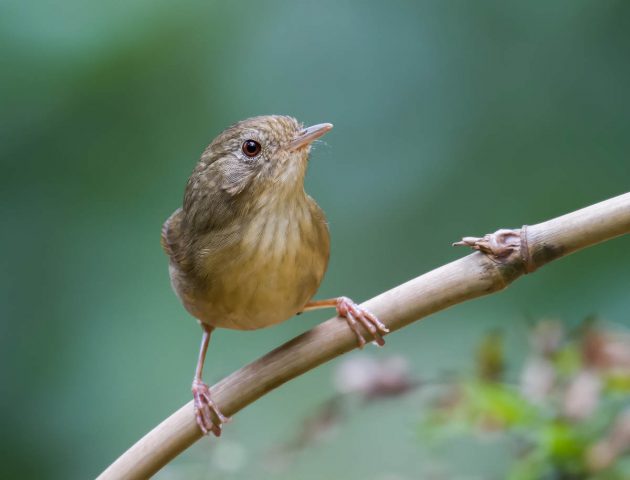
As for the esthetic merits of the species, eBird gives it the equivalent of at least a B+: “Rather graceful-looking brown babbler with a long tail and long legs”. Sadly, the HBW disagrees, going for “featureless smallish babbler” (which then incongruously is followed by a 155-word description of the features of the featureless babbler).
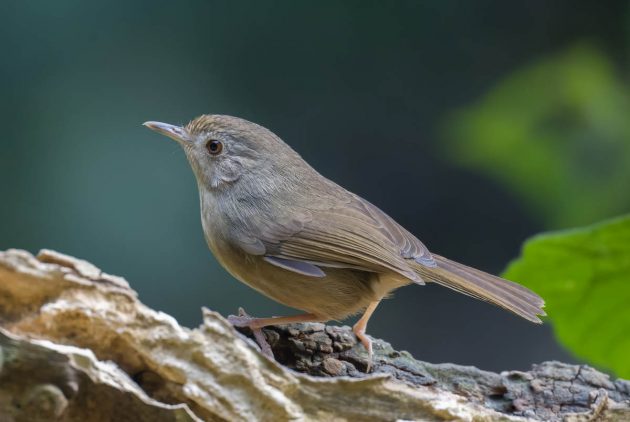
One would think that a bird looking as distinct as the Fujian Niltava would be unmistakable. Alas, one would be wrong – I immediately mixed it up with the rather similar-looking Rufous-bellied Niltava (not shown here). However, as I found some interesting information on the latter, I will share it here anyway.
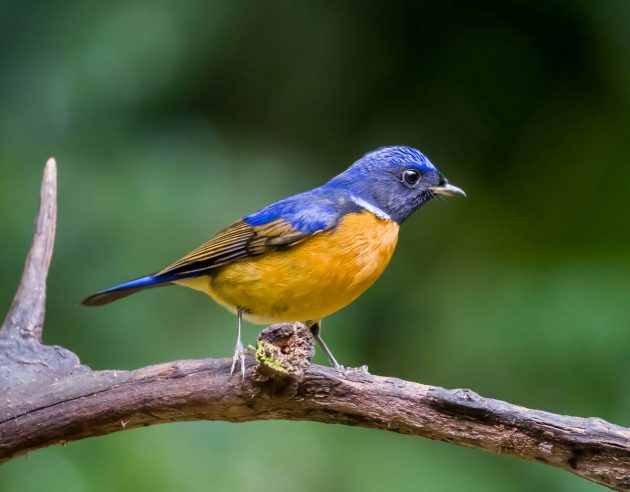
Some poor Rufous-bellied Niltavas are being parasitized by Whistling Hawk-Cuckoos. Apparently, the cuckoo chicks not only require provisioning by showing their host parents a vividly colored gape, but they also show bright yellow wing patches to their host parents – resulting in host parents trying to place food onto the wing patch of the nestlings (source).
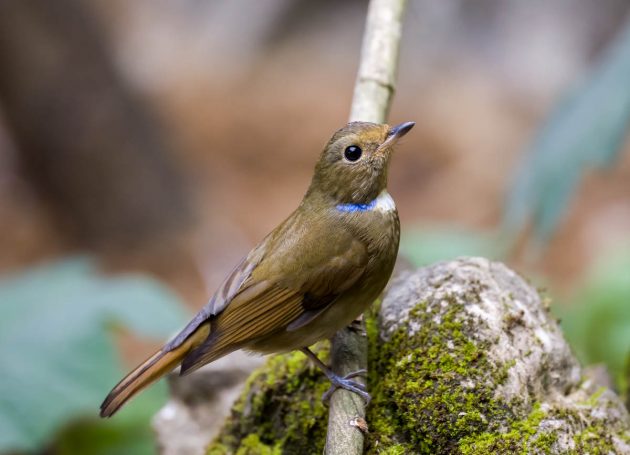
On the other hand, on the level of individual birds at least, nature occasionally provides compensation. Another paper describes how a Snowy-browed Flycatcher worked as a helper at a Rufous-bellied Niltava nest in Yunnan for at least two days. Altruism, fortunately not of the Sam Bankman-Fried variety, though probably not very effective either.
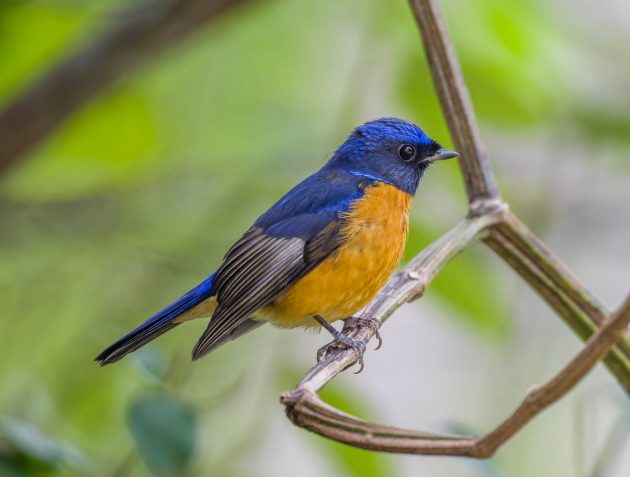
The Indochinese Green Magpie is one of four species of green magpie (it used to be only three, but one of the subspecies collected enough frequent flier miles to get an upgrade to full species).
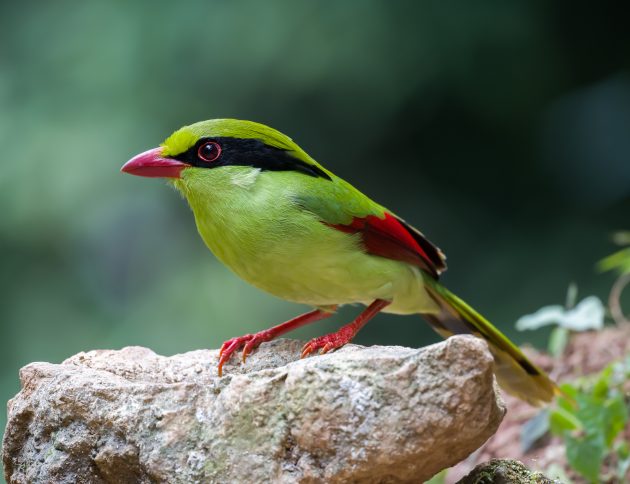
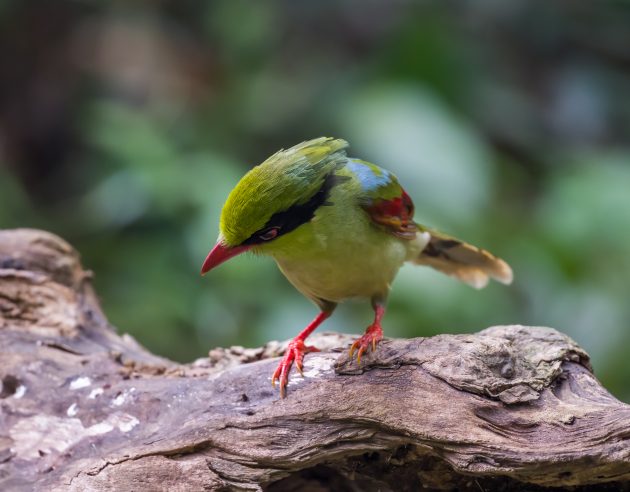
As a chemist by education, I am proud to point out that the color of the birds is mainly determined by the lutein contained in their food (lutein is part of the plants on which the insects feed on before in turn being eaten by the magpies). Apparently, if exposed to sunlight, the green of the magpie plumage may turn blue.
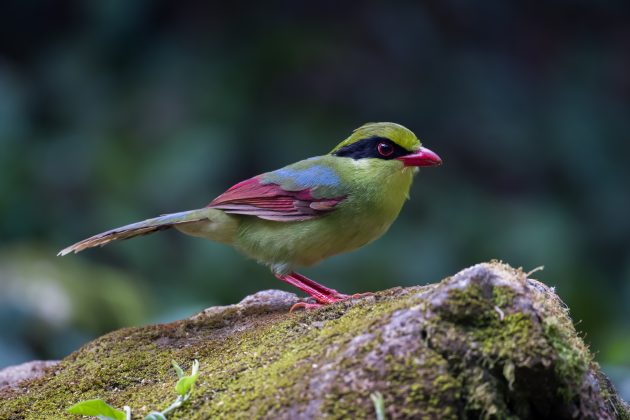

Another member of the magpie family, the White-winged Magpie, makes do with far fewer colors.
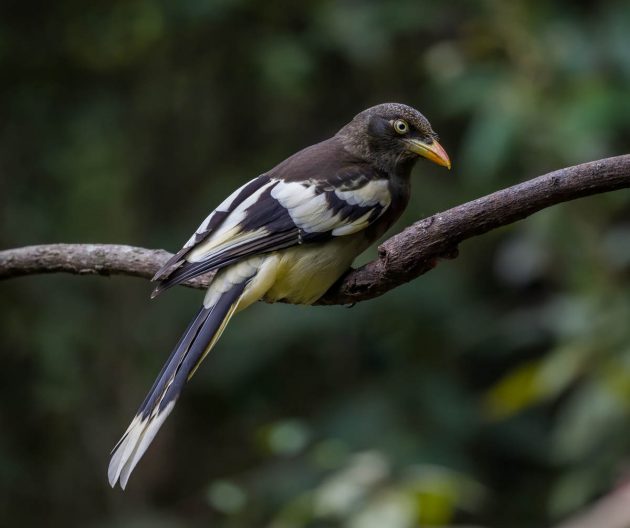
The species name whiteheadi obviously is not derived from the bird itself (you can see that the head is black) but rather from another short-lived British explorer that I am not making up, John Whitehead (1860-1899). Apparently, he was the first documented person to reach the peak of Mount Kinabalu.
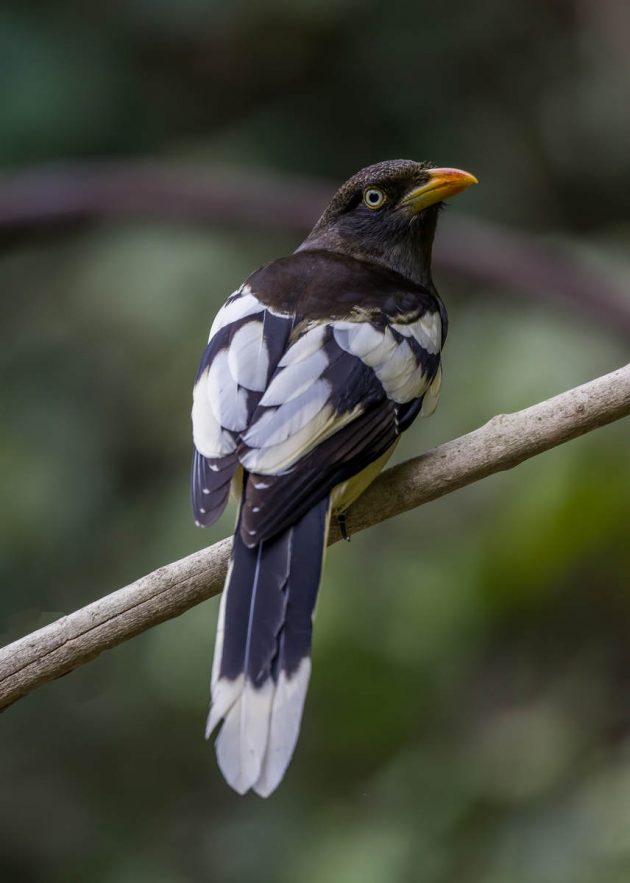
When I was about 20, you could have played me one interesting song by an unknown band, and I would still remember the band name 10 years later. Today, I have difficulties memorizing the rather obvious differences between Rufous-faced Warbler, Rufous-capped Babbler, Pin-striped Tit-babbler and Chestnut-crowned Warbler. As my late father once advised me: “Boy, better don’t get old” (though of course, the alternative is not too appealing either).
Rufous-faced Warbler
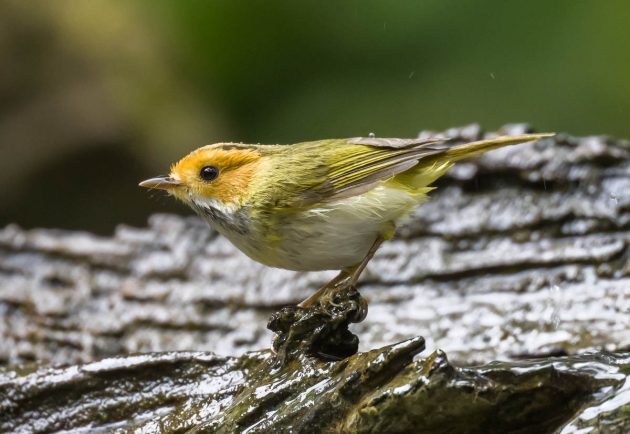
Rufous-capped Babbler
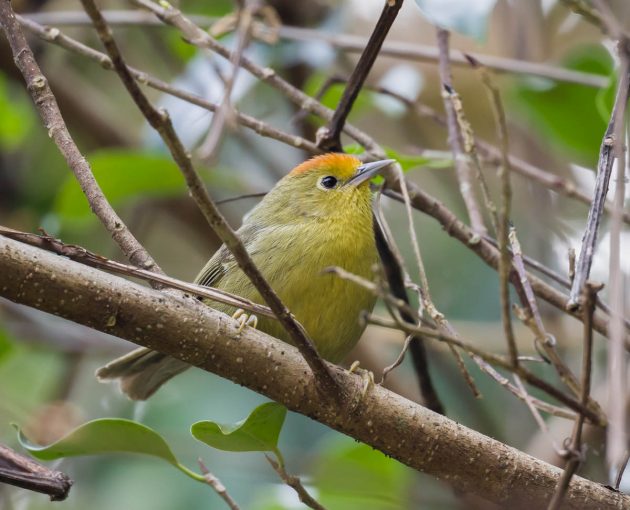
Pin-striped Tit-babbler
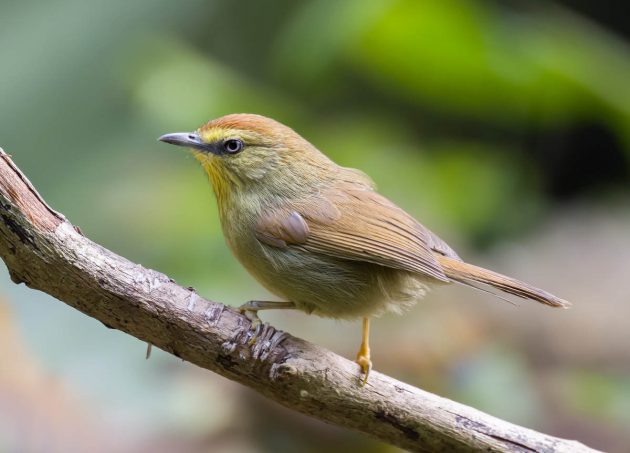
Chestnut-crowned Warbler
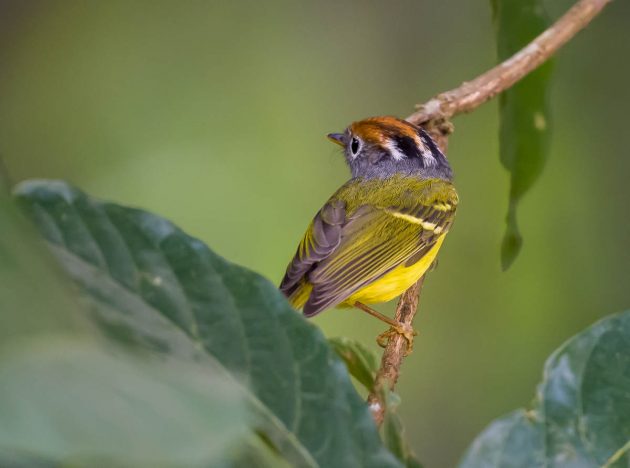
Puff-throated Bulbuls are cooperative breeders, but somewhat strangely, the number of helpers does not really affect the survival chances of the chicks (source). Then again, nobody would expect kids whose parents hire babysitters a lot to have a better life either.
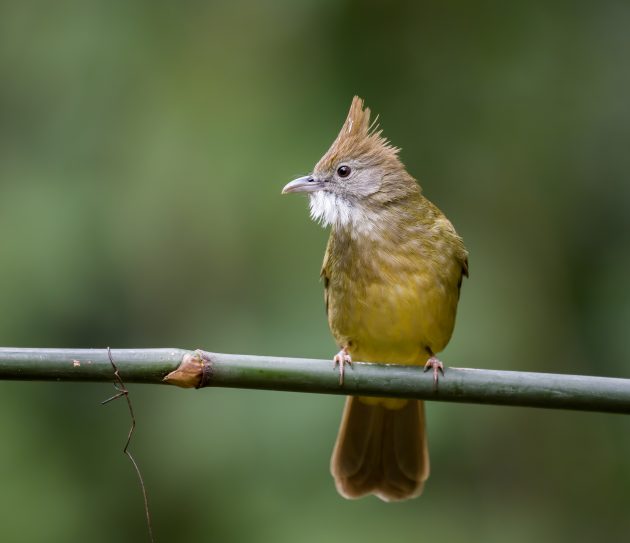
Still, overall, the chance to survive the first 8 weeks is surprisingly high at 61% – and almost all of that risk is in the first week.
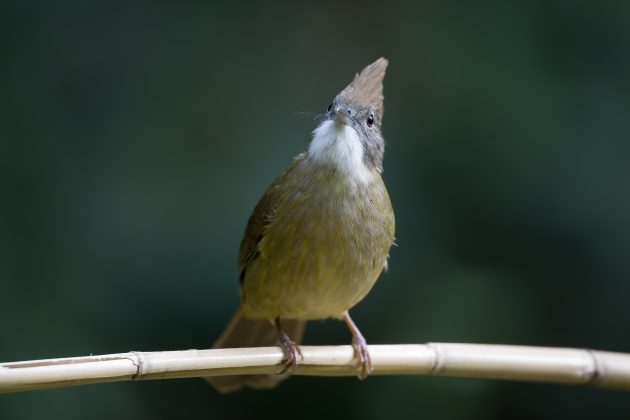
The name follows the usual ornithological principle of never naming a bird for an obvious feature – eBird somewhat sheepishly admits that the “’Puff’ of the white throat is slight and not an obvious feature”. The species name of “Alophoixus pallidus”, indicating a pale color, makes a bit more sense but is hardly something that only applies to this species. The genus name “Alophoixus” is particularly bizarre given that it means “without a crest”, which both my photos and the eBird characterization of the bird as a “large crested bulbul” seem to disprove. Well. Maybe it had just shaved its crest when it got its name.
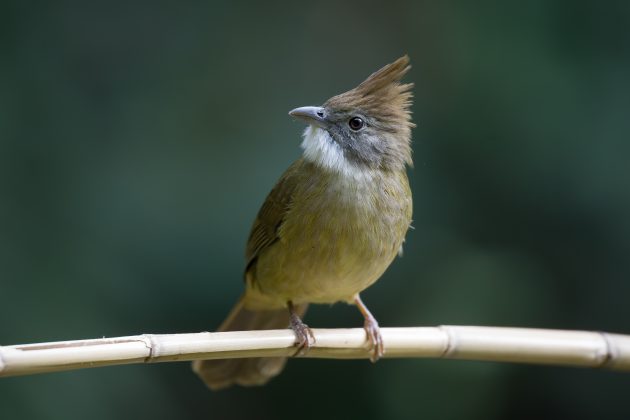
Somewhat predictably, the trip ended with me contracting covid and preferring to fly home a few days before my planned date (the infection turned out not to be too bad and gave me time to edit my photos). I guess it was a fitting end of a year marked by covid, as indicated by very few birding trips outside of Shanghai and a 78-day lockdown instead.








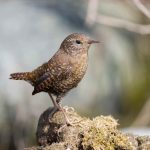
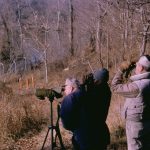
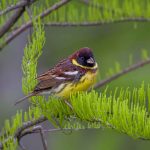
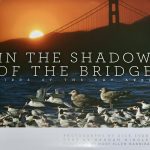
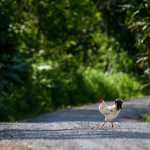
Wow, those are some spectacular birds. The comments were pretty nice too! I’ve never seen a pitta as subtly beautiful as that Blue-rumped Pitta.
Getting old ain’t for sissies, Kai
Great photos as always and pleased to hear Covid wasn’t too bad for you.